Britain features on few peoples’ top dive locations, perhaps because British weather conditions are unpredictable and changeable. This can make for challenging diving. There is, however, more to British diving than meets the eye. If you’re up for dipping your toes in temperate waters, your reward will be some fantastic wreck diving, an incredible array of marine life and encounters with seals and basking sharks. Add to that the beautiful and often rugged scenery above water and cozy English pubs — what’s not to love about British diving? The best dive sites in Britain offer a variety of underwater environments for everyone.
Britain’s reputation for diving is often thought to appeal only to more experienced, hardy divers. However, there are plenty of dive sites suitable for PADI Open Water qualified divers and equivalent. Dive types include boat-based and shore dives off the coasts, wrecks, lakes, quarries and wildlife-based experiences.
The average water temperatures range from 43 to 50 F (6 to 10 C) in the winter and 59 to 68 F (15 to 20 C) in the summer. You can dive year-round — nothing beats a New Year’s Day dive in Cornwall. The warmest months in the water are September and October. Proper exposure protection is key, though. We highly recommend a drysuit and thermal underwear, though you could also get away with a 7mm suit, hood and gloves. Fourth Element offers a superb range of appropriate thermal undersuits for temperate diving (try the Arctic line). Pack a woolly hat and multiple flasks of hot drinks as well. Carry a dive knife, torch and DSMB with reel on all British dives. Ask an expert about local sites before diving unguided and be aware of tides and strong currents.
The Best Dive Sites in Britain
Scapa Flow
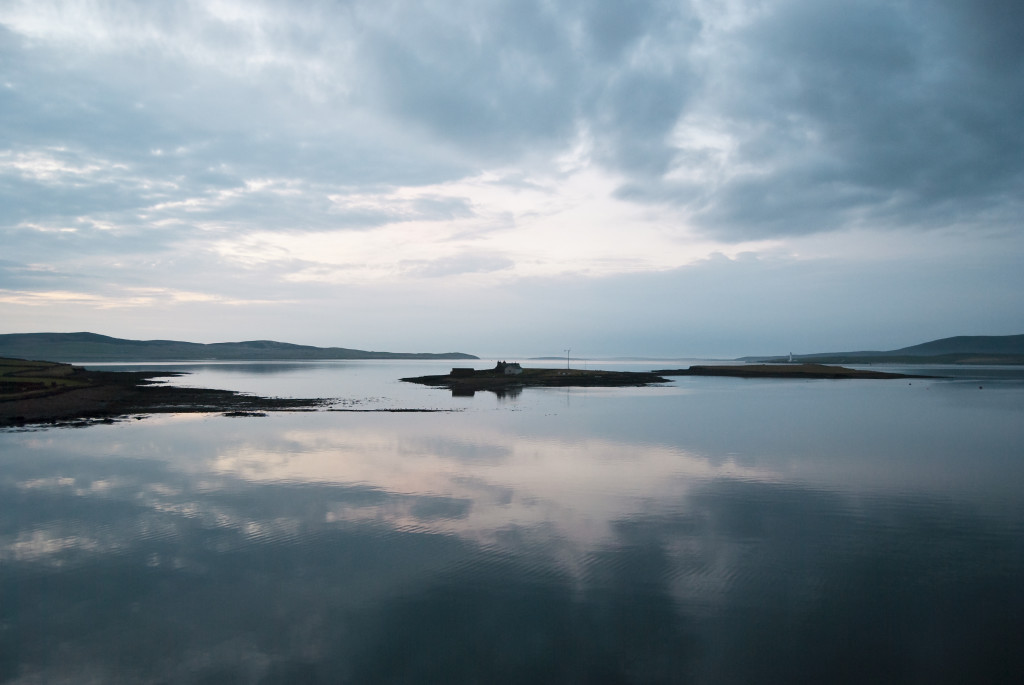
Where it is: Orkney Islands, Scotland
What makes it special: Islands surround the waters of Scapa, making it a natural harbor and the former chief base of the Royal Navy. At the end of World War I, the German High Seas Fleet was held at Scapa. A German commander, who feared the vessels would be divided up among the allies, ordered the entire fleet scuttled. Fifty-two of the 74 vessels sank and remain there today, among other interesting wrecks. Scapa wrecks attract divers from around the world.
Details: Numerous dive operators work in the area. For a full list visit Scapa Flow Wrecks. The wrecks lie at various depths, including some at only 33 feet (10 m). They are suitable for everyone from Open Water divers, to more experienced divers looking for deeper dives.
When to go: All year, though the clearest water is from December through March when the water temperature is a chilly 45 F (7 C).
Lundy Island
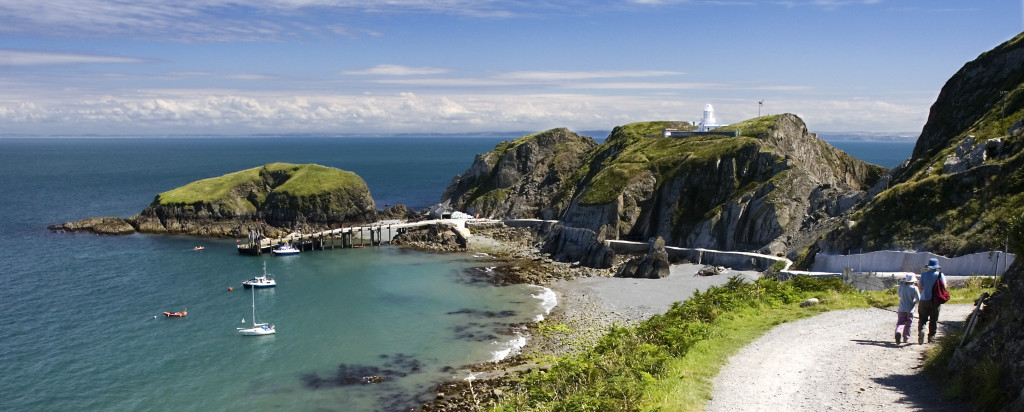
Where it is: Bristol Channel, England
What makes it special: Lundy Island is the largest island in the Bristol Channel, 12 miles off the coast of Devon. This Marine Conservation Zone has dive sites including natural reefs, sea caves, pinnacles and fantastic diving with seals. It’s known as one of the best dive sites within the U.K.
Details: Lundy itself is not a dive center. Organize dives here with a charter-boat operator on the mainland or with your own vessel. There are a number of operators and a must-read Lundy dive guide, including all logistical options, at Lundy Marine Conservation Zone diving. The dives sites are suitable for novice and experienced divers alike. Snorkeling Safaris are available during the summer months.
When to go: All year, though the clearest water is from December through March when the water temperature is a chilly 45 F (7 C).
HMS Scylla
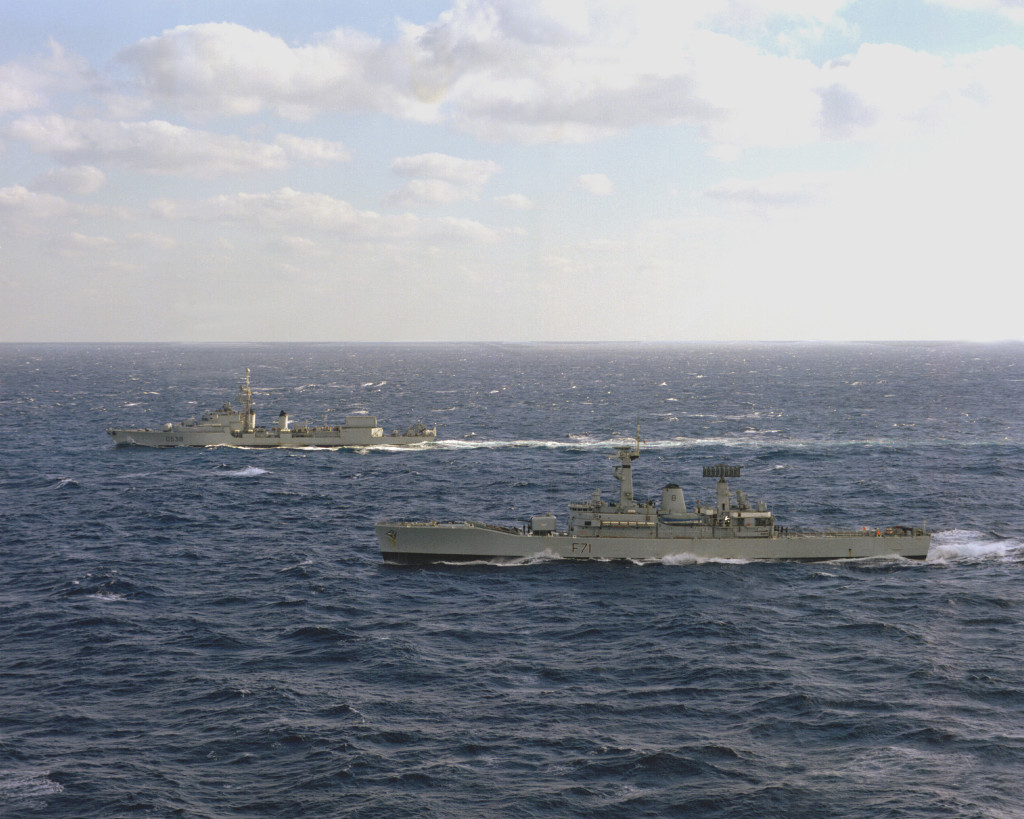
Where it is: Plymouth, Devon, England
What makes it special: Scylla, a Leander-class frigate of the Royal Navy, was purpose-sunk in 2004. It’s the U.K.’s first artificial reef. The Scylla is sitting upright at a depth of 79 feet (24 m) and is home to many diverse species of protected British marine life. This wreck is not currently considered safe to penetrate due to recent degradation, but it offers an excellent exterior dive.
Details: There are a number of dive operators in the Plymouth area. Find dive-condition information at Dive Scylla. Take care when diving to avoid discarded commercial fishing gear that has accumulated around the wreck in recent years. Both Advanced Open Water divers and more experienced divers will enjoy the Scylla. It can also provide an excellent wreck-training dive with the correct supervision.
When to go: April to October is the main diving season. Book in advance, as this is a very popular dive site in peak season.
The Manacles
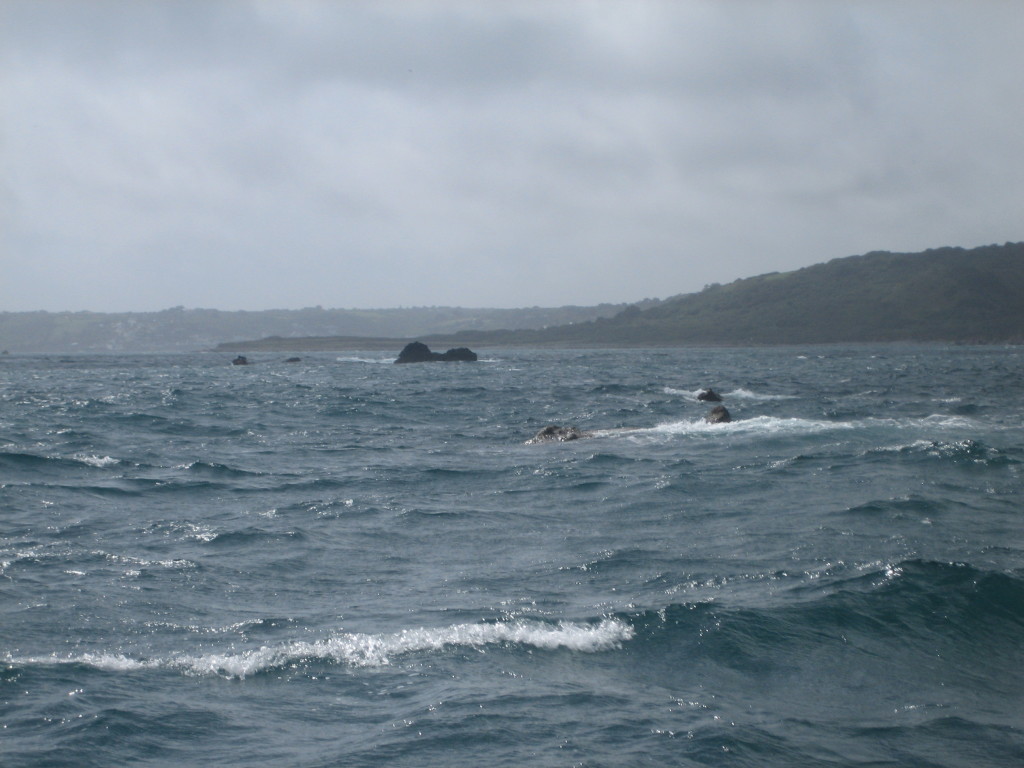
Where it is: The Lizard peninsula, Cornwall, England
What makes it special: A set of rocks off the coast of Cornwall, the Manacles are home to a number of shipwrecks. The granite reef area covers approximately one square mile. Scenic dives include shallow reefs, drop-offs and pinnacles, with an astounding diversity of marine life.
Details: Try Porthkerris Divers for the Manacles and other fantastic Cornwall dive sites. Manacles dives range in depth from 26 to 262 feet (8 to 80 m) and are suitable for both novice and experienced divers.
When to go: There’s diving year round in Cornwall, though April to October is the main diving season. Contact operators in advance to discuss local weather conditions and seasonal variability, as British sea states vary considerably throughout the year.
Basking Sharks
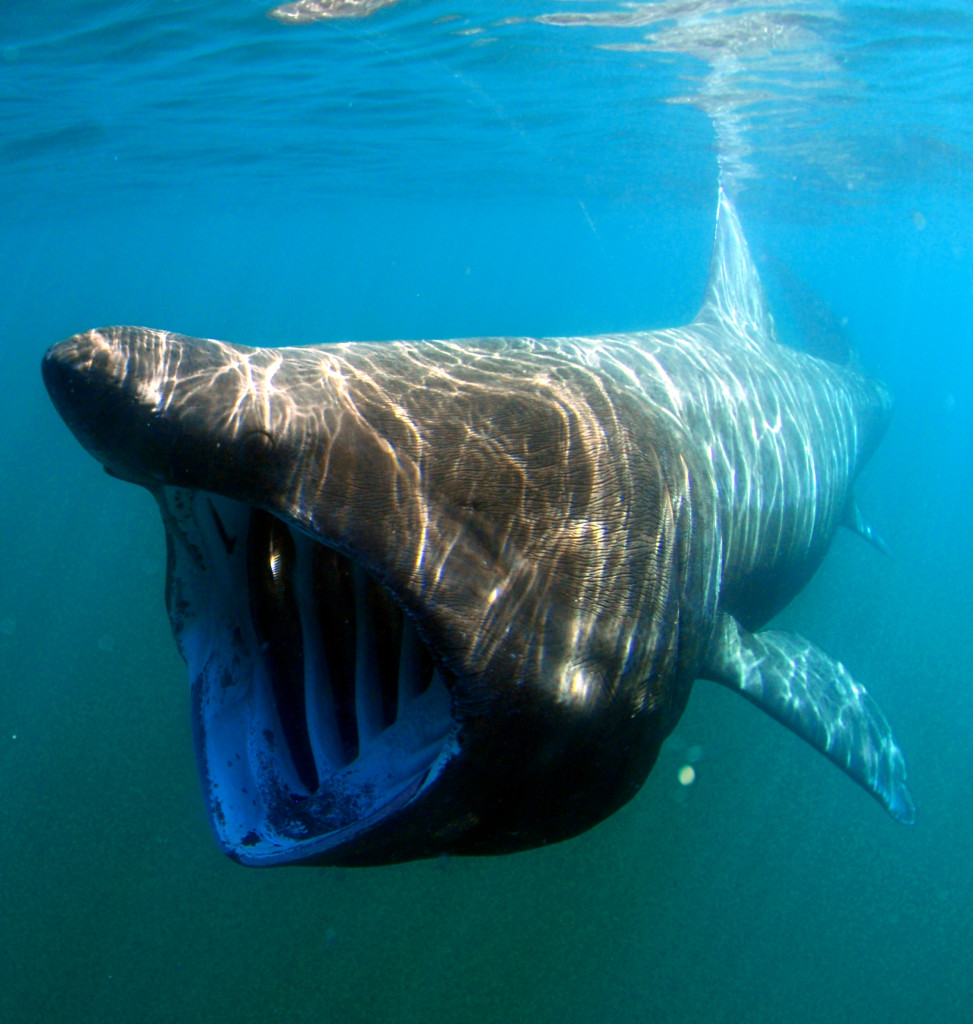
Where it is: Newquay, Cornwall, England
What makes it special: Your trip to the Cornwall coast will be incomplete without spending a day searching for basking sharks. The waters off Cornwall are home to these sharks, which are the second-largest living fish after whale sharks. They grow to an average of 20 to 26 feet (6 to 8 m). From May through August of each year (approximately), this is one of the best places in the world to snorkel with them, thanks to water visibility of 23 to 66 feet (7 to 20 m).
Details: Contact Basking Shark Scotland for information on their shark safaris, which offer an excellent educational and fun wildlife experience with the sharks.
When to go: Dependent upon the arrival of basking sharks, though typically May through August is the best time of year.

